Delegate Do Duc Hong Ha (Hanoi delegation) asked: The National Assembly's interpellation resolution requires the State Bank to move towards removing the credit growth limit. How has the State Bank implemented this content? What is the roadmap towards removing the credit growth limit?
Meanwhile, delegate Quàng Thị Nguyệt (Điên Biên delegation) questioned: In 2024, the State Bank targets credit growth of about 15%, but in the first 9 months of the year it only reached 8.53%. By October 31, 2024, credit increased by 10.08%. However, reality shows that interest rates have decreased sharply, but the credit absorption capacity of businesses and people is still low and there are still two months to achieve the target according to the orientation set by the State Bank.
Delegates asked the Governor to inform them about the feasibility of the 15% credit target in 2024, whether it will affect bad debt and capital absorption capacity? What are the solutions to ensure 15% credit growth without increasing the bad debt ratio in the coming time?
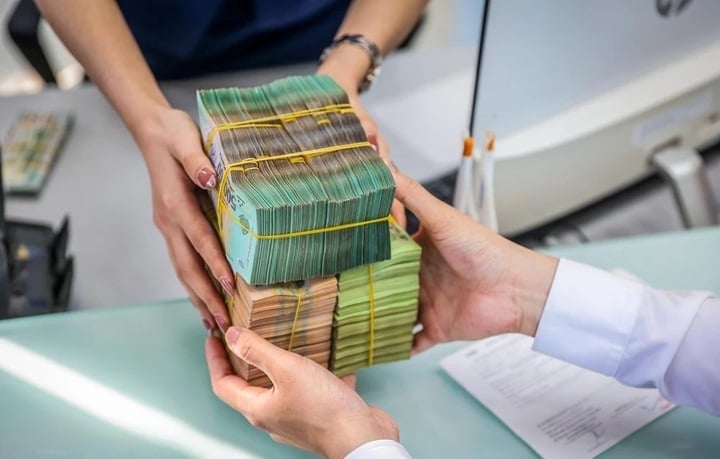
According to the Governor of the State Bank of Vietnam, it is not possible to abandon the credit limit management method. (Illustration photo)
State Bank Governor Nguyen Thi Hong said that after the May 2022 question-and-answer session, the National Assembly issued Resolution 62/2022/QH15. The State Bank has organized seminars to analyze, evaluate, and thoroughly review the current situation of Vietnam's economy as well as the situation of credit institutions. " In the current context, the State Bank cannot abandon the method of operating according to credit limits ," the Governor emphasized.
The Governor explained that with the current situation of the economy being heavily dependent on the capital of the banking system, if we do not control it, allowing each credit institution to increase credit growth by several dozen percent as in previous years, there will be potential risks. Especially when the segment of the financial market that meets medium and long-term needs such as corporate bonds, shares, stocks, etc. has not yet solved the problem of long-term capital, then removing the credit limit is not feasible.
The Governor also stated that, following the Government's direction, the State Bank has been more flexible in its solutions to meet credit needs such as: granting credit limits according to the assessment and classification of the State Bank's inspection and supervision agency; considering the Government's priority goals in each period (rural agriculture, export, real estate, etc.).
By the end of 2023, the State Bank has announced credit growth for the whole year of 2024 for all credit institutions with a target of about 15%.
When the Fed cuts interest rates, it initially seems that the pressure on exchange rates and the foreign exchange market is reduced, however, prices and the foreign exchange market are affected by many factors. Not only the Fed's interest rate factor but also depends on the real needs of the economy. If we improve the business environment, attract investment, and have favorable supply and demand, the exchange rate will be more favorable. In the spirit of steadfastly pursuing the goal of stabilizing the value of VND, the State Bank will have solutions to make VND more attractive, encouraging people to convert foreign currencies into VND.
According to the Governor, in 2024, the State Bank targets credit growth of 15%, but it is necessary to monitor developments to be able to adjust up or down depending on the actual situation. Credit growth will usually increase in the last two months of the year. Therefore, the possibility of achieving this target is also highly feasible.
Regarding bad debt, if the cause of bad debt is due to objective factors, the State Bank will also find it difficult to control. As for credit institutions themselves, the State Bank has directed to strengthen measures to control bad debt by carefully assessing loans, borrowers, being cautious, and balancing capital sources.
Proposal for 120,000 billion VND package to build housing for low-income people
At the question and answer session this morning, delegate Tran Thi Van (Bac Ninh delegation) asked the Governor to provide solutions to remove difficulties and promote the development of the current real estate market. Especially for low-income people to buy social housing.
Regarding this issue, Governor Nguyen Thi Hong said that the current real estate market situation is imbalanced between supply and demand in all segments, especially the low-income segment which has not been strongly developed.
The Government and the Prime Minister have directed strongly and issued Resolution No. 33 to remove difficulties for real estate businesses and investors.
Accordingly, the State Bank has actively reviewed legal documents to propose solutions to remove difficulties for businesses facing difficulties in repaying debts. The State Bank has issued circulars to restructure debt repayment terms and maintain debt groups, thereby helping real estate businesses access new sources of loans.
At the same time, the State Bank also directed credit institutions to reduce and waive interest rates on projects, including real estate projects. Regarding the Government's lending circulars, they have been stopped and not implemented yet.
Regarding organizations buying corporate bonds, the State Bank has amended it to ensure more favorable conditions for the real estate market sector.
Regarding resources for housing for low-income people, Governor Nguyen Thi Hong reaffirmed that the main resources come from the state budget. The State Bank of Vietnam has proposed a VND120,000 billion package and the State Bank of Vietnam will actively implement it in the coming time.
For subjects in the group of loans supporting housing and residential land of national target programs, the State Bank has chaired the consultation to issue related decrees and when resources are allocated, support solutions will be deployed to implement the program.
Source












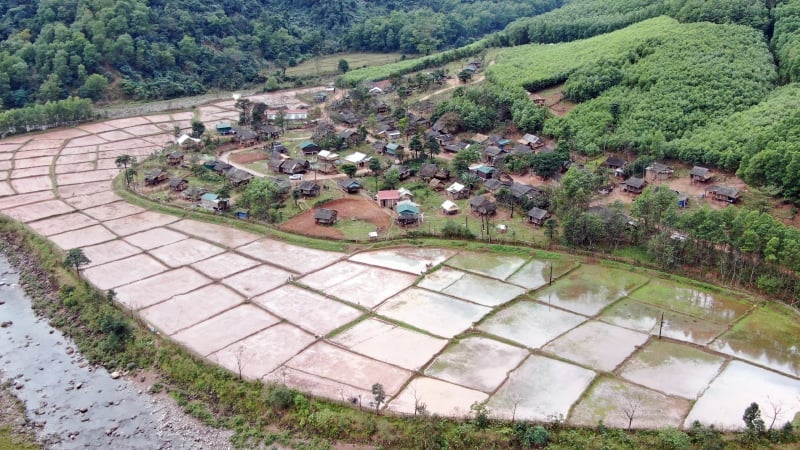





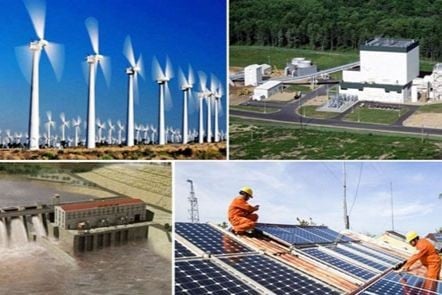

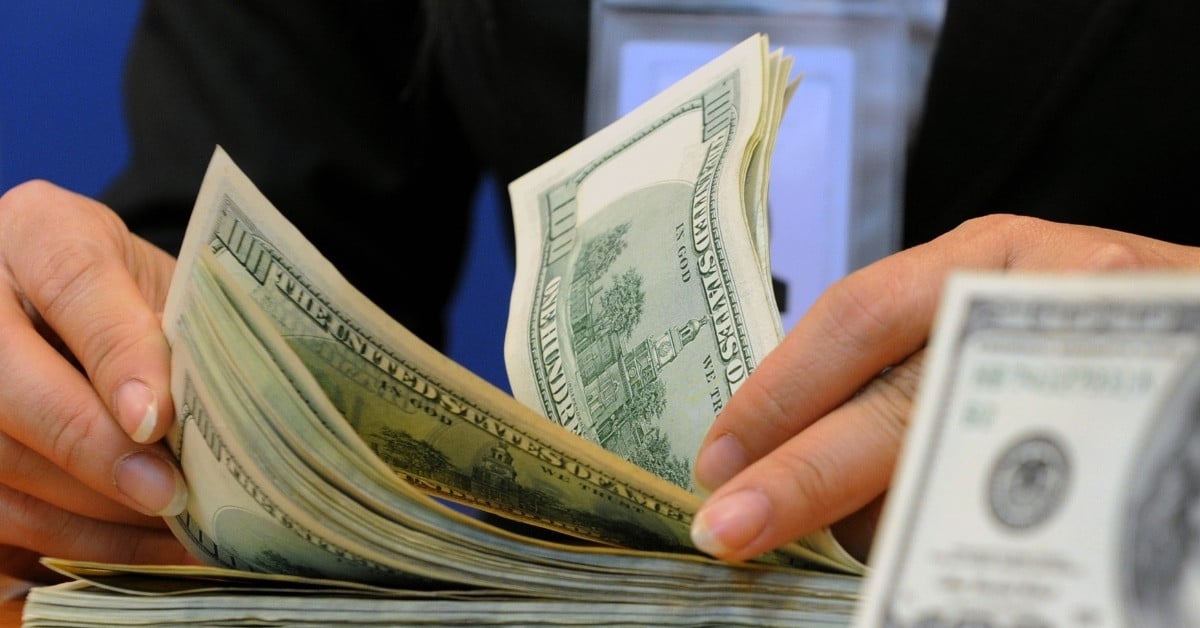



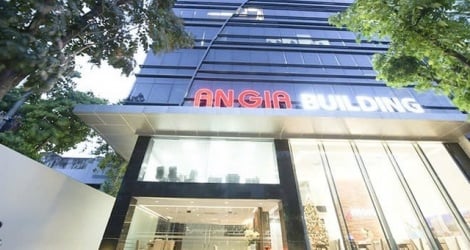















![[Photo] Prime Minister Pham Minh Chinh chairs Government Conference with localities on economic growth](https://vstatic.vietnam.vn/vietnam/resource/IMAGE/2025/2/21/f34583484f2643a2a2b72168a0d64baa)




























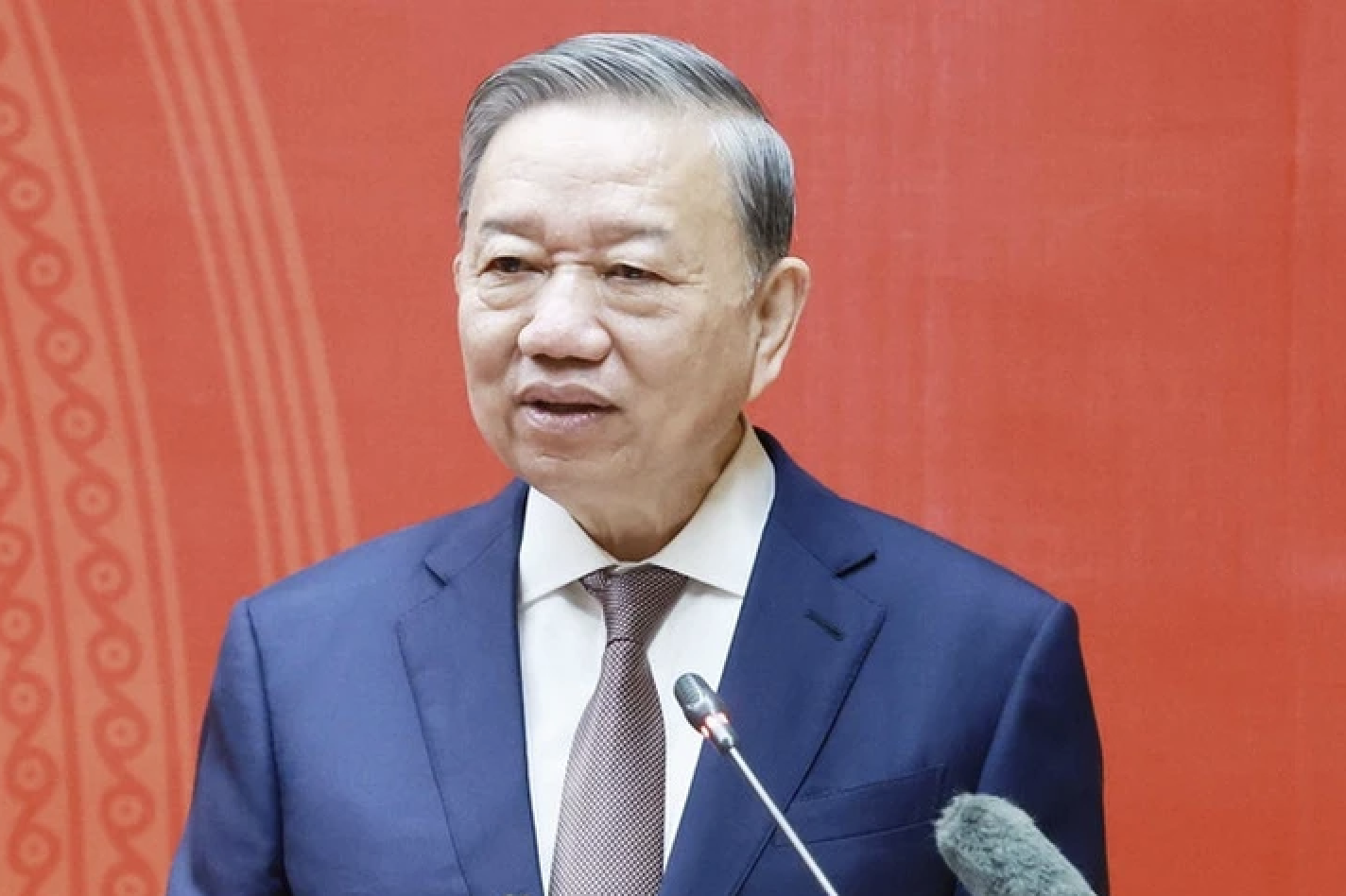
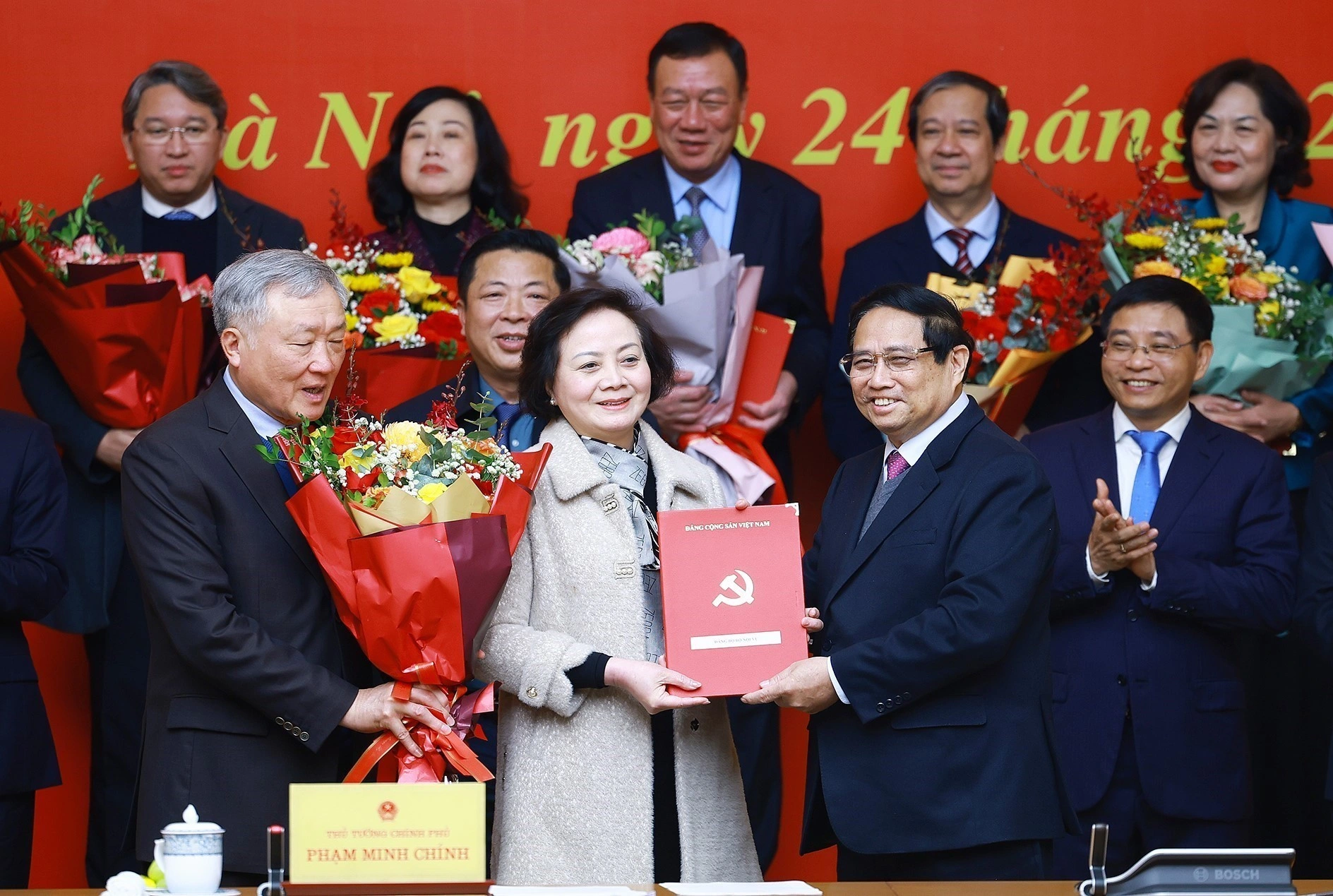
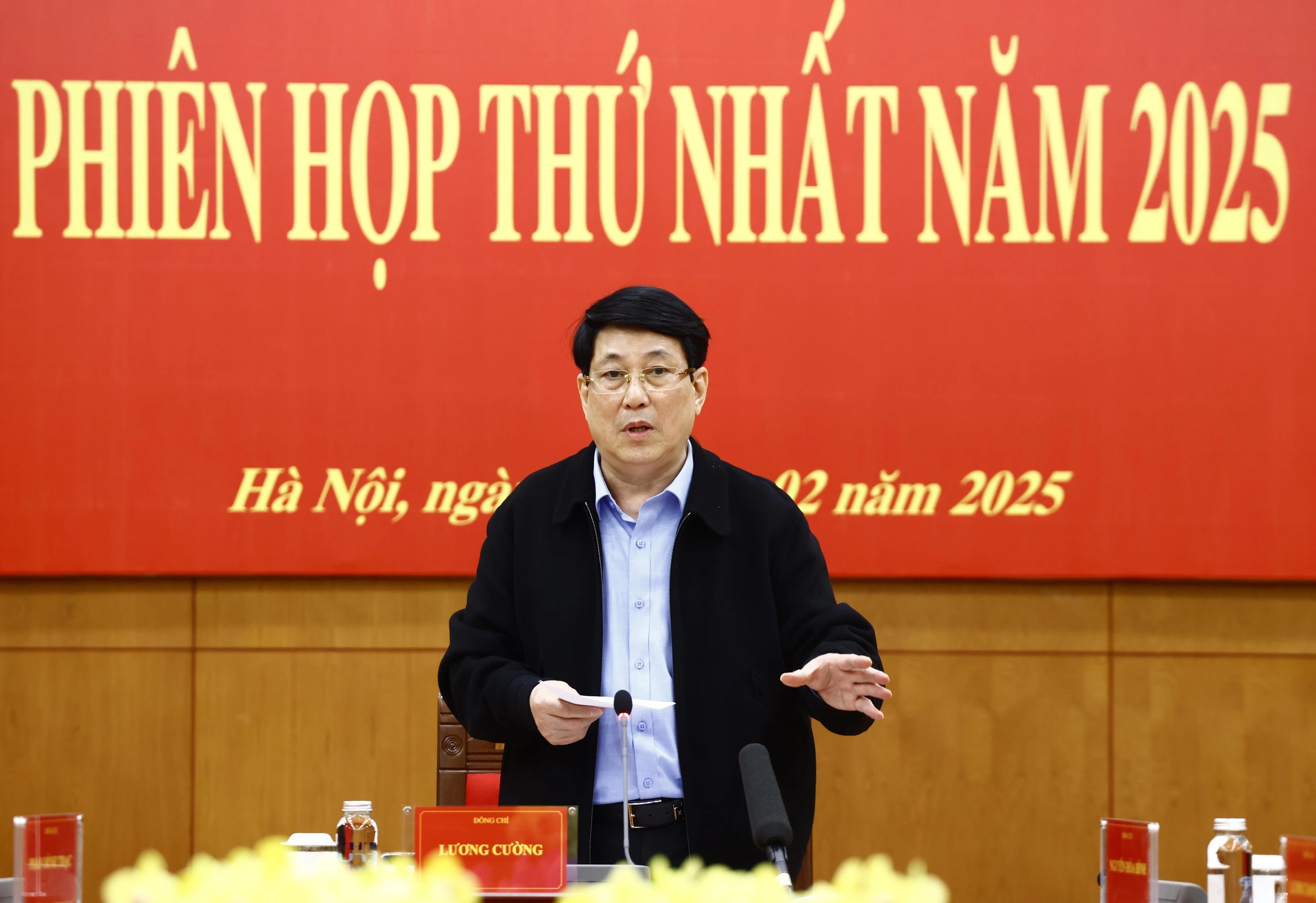


























Comment (0)